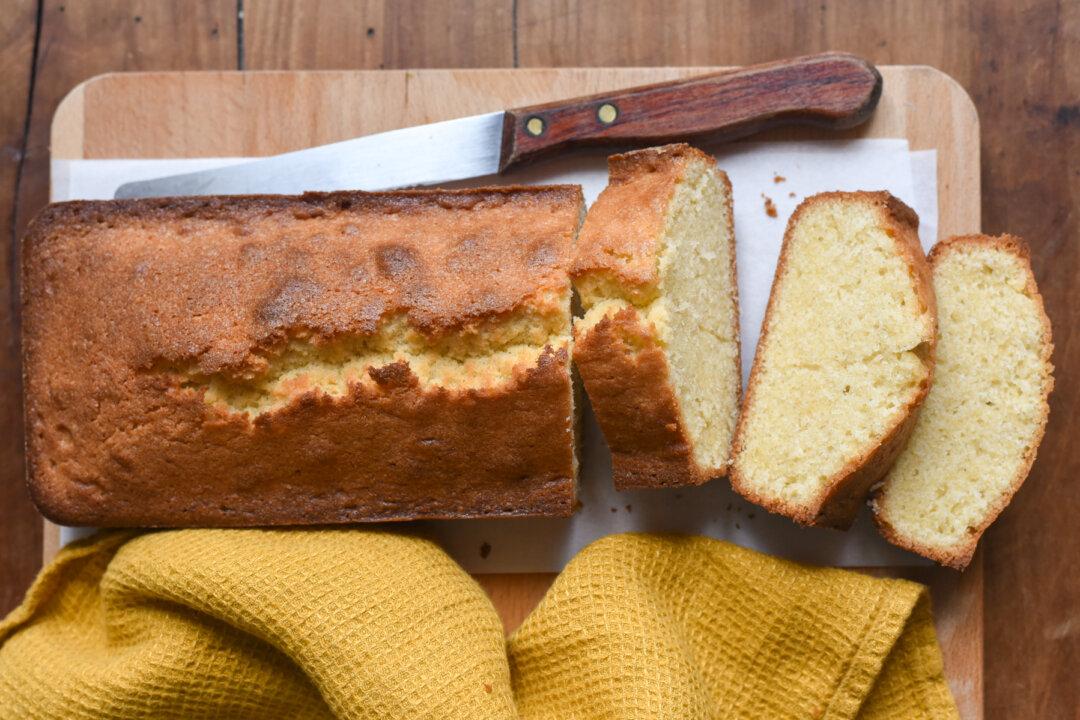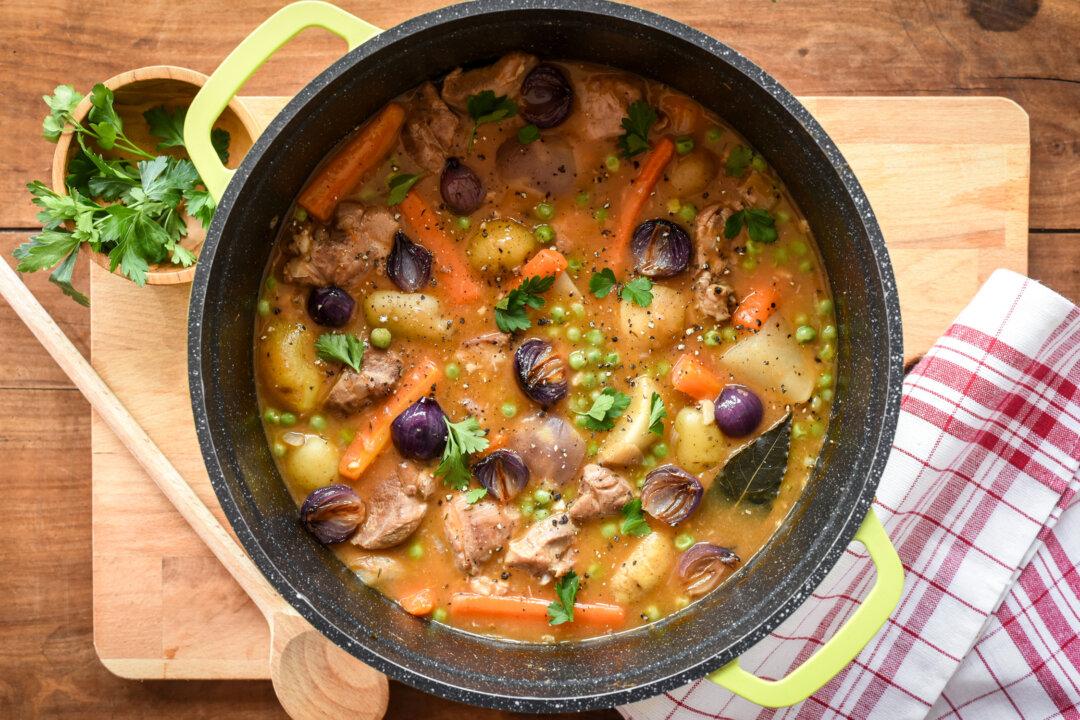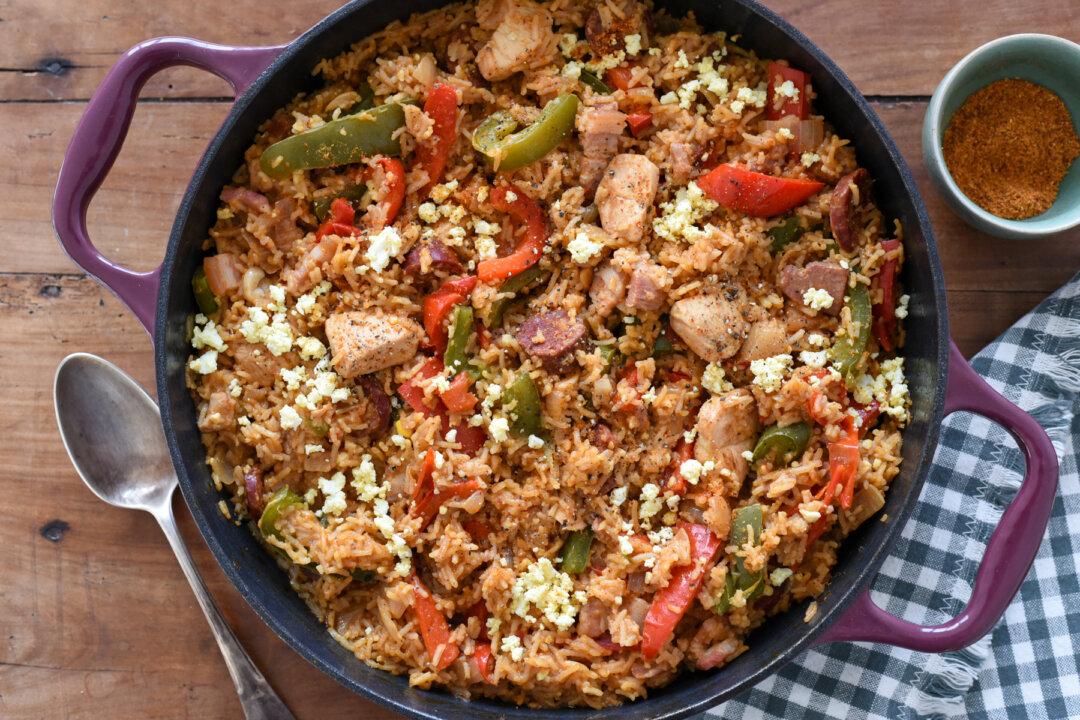The French take their bread seriously. Perhaps more than any other food, bread holds the highest status—and greatest symbolism—in France.
For centuries, it was a necessity for eating and feeding the family, being a daily staple food for 90 percent of French families up until the 20th century. In the 18th century, a bread shortage, combined with mass starvation and other grievances, was a catalyst of the French Revolution.





